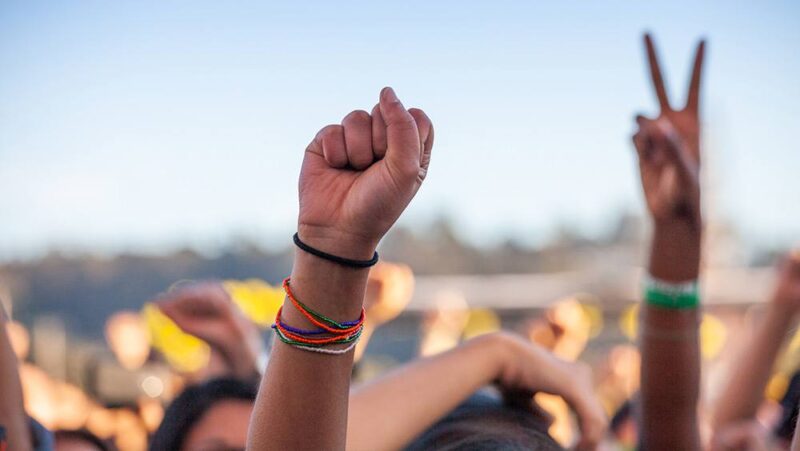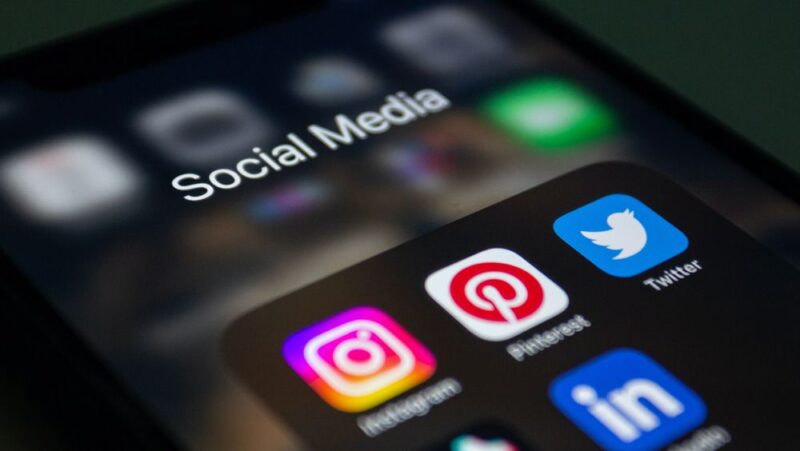1968 Democratic National Convention Protests: A Look Back

During the spring and summer of 1968, national tensions were high amid anti-war sentiment around U.S. involvement in Vietnam. Similarly, the assassination of presidential candidate Robert F. Kennedy led Congress to authorize the Secret Service to protect presidential candidates.
In early August, nearby but unrelated to the Republican National Convention in Miami, a three-day riot left three dead in confrontations between protesters in a Black neighborhood and police. This incident raised tensions and led planners to be particularly fearful of violent protest in Chicago. Those fears became a self-fulfilling prophecy.
1968 Democratic National Convention protests and aftermath
The Democratic National Convention was going to be held in Chicago in late August. Chicago Mayor Richard J. Daley “seized on the threats [of protests and violence generated by intelligence gathering and assessing tensions around the event] to restrict permits for marches and ordered curfews for city parks.”
The U.S. Department of Justice argued that issuing protest permits would reduce the risk of violence at protests that were likely to happen even without permits. But the mayor continued to deny permits, and a federal court agreed it was OK for Daley to deny them.
The convention implemented high security plans with many streets closed, a no-fly zone, snipers and police helicopters.
These plans led fewer protest groups to come. An alternative newspaper issued a statement urging people to stay away: “Don’t come to Chicago if you expect a five-day festival of life, music, and love. The word is out. Chicago may host a festival of blood.’”
Protesters who did attend expected or even invited escalation. “The advice used to be that you should give police a flower and say, ‘Hello brother.’ But it didn’t stop the brutality, and people continued to get hurt,” said one protester. “Let’s just say we’re planning more active and mobile forms of self-defense,” said another.
Mayor Daley also anticipated possible damage to the city’s reputation if protests or violence were showcased to the country on the news. He limited press passes for the convention and restricted access to electricity for TV networks, causing concern among the news media.
Protests, violence and criminal charges at the 1968 Democratic National Convention
During the convention, anti-war demonstrations around the city grew, with some turning violent and many being quashed by police. During a march down Michigan Avenue toward the hotel where many convention delegates were staying, police teargassed protesters. The gas wafted into the hotel, the action broadcast live on television. A later report called the government’s response to protests at the convention “resistive.”

Chicago police officers attempt to disperse demonstrators outside the Conrad Hilton, the 1968 Democratic National Convention headquarters hotel.
After the violence during the convention, seven anti-war organizers were charged with conspiracy and with violating a 1968 federal law making it illegal to cross state lines to incite a riot. Five were convicted of conspiracy, while all seven were acquitted of incitement. However, all charges against the “Chicago 7” were thrown out on appeal; some had already served prison time.
Changes follow for 1972 conventions
Four years after the disruption and violence at the 1968 Chicago convention, planners in Miami Beach, Florida, were preparing to host both the Democratic and Republican conventions during the summer of 1972.
The Democratic Party believed the 1968 violence had contributed to its loss in the election and specifically resolved “to protect the right of persons to dissent in a peaceful way” along with protecting the safety of the community and functioning of the conventions.
Florida officials were also concerned about safety for convention delegates and nondelegates and about maintaining the area’s image and reputation. But they took a different approach than Chicago officials had in 1968, instead proactively working with demonstration organizers in advance to plan for safe and legal protests.
Law enforcement officers were told to use minimum force, avoid confrontations, and accept verbal harassment, which officers were reminded was not illegal. “A policeman must give precisely the same treatment to demonstrators supporting causes which he or even the vast majority finds personally or politically obnoxious as he does to those who support the most popular cause,” directives said, describing how the First Amendment protects political speech and assembly. National Guard troops were on call but positioned out of public view to lessen tensions. A 1969 federal civil disturbance plan was put into effect.
RELATED: Presidential convention protests: First Amendment protections, limits
The local bar association and public defender's office created a legal program to serve anyone arrested during protests. Civil rights and religious groups planned services and protections for protesters, negotiated permits for camping and protesting, and served as neutral observers during the conventions.
The DNC was expected to see less protest activity since it did not have an incumbent president. The DNC served as a test run of safety and protest plans for the RNC six weeks later. Though there were some conflicts over law enforcement jurisdictions in the planning stages, the event proceeded smoothly for the most part, aside from a minor disruption to a party fundraising dinner.
There were just two arrests of protesters during the DNC and “at times, the numbers of observers and uniformed personnel clearly outnumbered the number of non-delegates present at a protest event.”
Officials anticipated a higher possibility of disturbances during the RNC, particularly during President Richard Nixon’s speech. Reports assessing the planning and comparing them to the actual events that occurred to evaluate the responses showed that law enforcement had notice of all protest events, and advance crowd estimates proved relatively accurate – in part due to undercover operatives’ intelligence gathering.
The Republican convention featured protests led by Bobby Seale, who had served four years in prison as part of the Chicago 7. Daniel Ellsberg, who was facing charges related to publicizing the Pentagon Papers, also spoke to protesters.
One man was arrested for wearing a swastika armband in violation of a city ordinance. The charge was later thrown out on First Amendment grounds. A flag was burned, and some minor civil disobedience occurred.

Demonstrators watch flaming trash in the middle of a street during the 1972 Republican National Convention.
Tensions rose as the president’s acceptance speech drew closer. At one point, marchers were cleared from the convention entrance. Before the convention’s final day, empty buses were placed around the hall to ensure delegates’ access to the convention. This surprise tactic was implemented due to the expectation of disruption. Demonstrators were upset because they had shared their plans with officials in advance but weren’t told that protest areas would be blocked. Later, demonstrators were gassed and dispersed while trying to instead march toward the convention hotels.
RELATED: 20 of the most famous protests in U.S. history
Law enforcement’s preplanned arrest protocols were used, with about 1,000 arrests during the RNC. Almost all were for misdemeanors such as unlawful assembly and disorderly conduct. Most of the charges were later dismissed. Eight members of an anti-war group were indicted over conspiracy to disrupt and commit violence at the convention. All were later acquitted.
The violence had not been as severe as in Chicago four years earlier. The government strategy of working more with protest organizers to actively facilitate protest rights, while ensuring convention safety, proved to reduce tensions and keep more of the protests peaceful and lawful.
Modern Protest Songs: 29 Powerful and Controversial Anthems
Why New Utah Social Media Laws Are Unconstitutional
Related Content
2025 Al Neuharth Free Spirit and Journalism Conference
All-Expenses-Paid Trip To Washington, D.C.
June 22-27, 2025
Skill-Building
Network Growing
Head Start On Your Future

